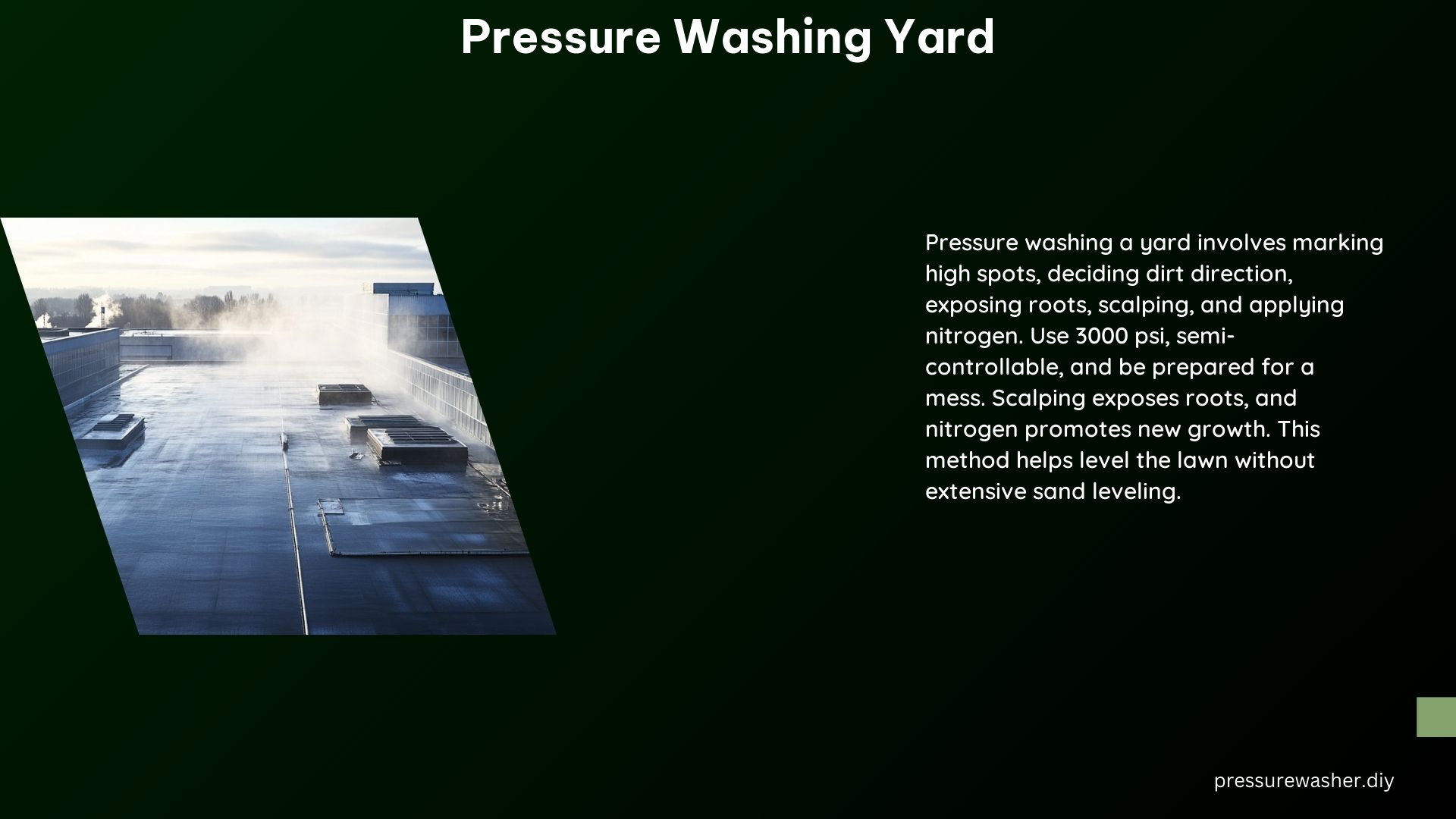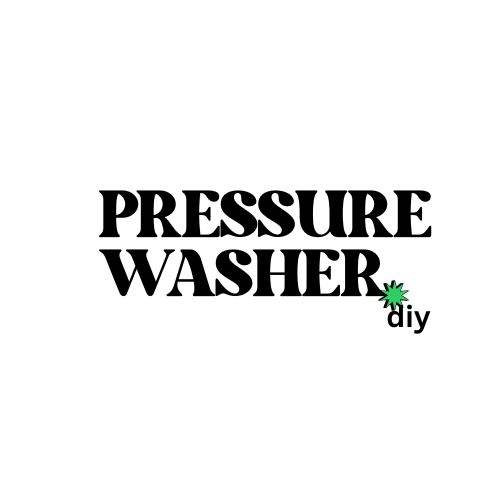Pressure washing a yard is an effective way to clean and maintain various outdoor surfaces, including decks, patios, railings, and furniture. This comprehensive guide will provide you with the technical specifications, safety precautions, cost considerations, and additional tips to help you achieve a spotless yard through pressure washing.
Benefits of Pressure Washing a Yard
-
Cleaning and Maintenance: Pressure washing is a powerful tool for removing stubborn dirt, grime, and mildew from outdoor surfaces. By regularly pressure washing your yard, you can extend the lifespan of your surfaces and keep them looking fresh and clean.
-
Efficient Leaf Removal: Pressure washing can be an effective way to remove heavy, wet leaves from your lawn, especially when traditional leaf blowers or rakes struggle to handle the task.
-
Improved Curb Appeal: A well-maintained, pressure-washed yard can significantly enhance the overall appearance of your property, boosting its curb appeal and potentially increasing its market value.
-
Mold and Mildew Prevention: Pressure washing can help remove the buildup of mold and mildew, which can cause damage to outdoor surfaces and pose health risks if left unchecked.
-
Increased Safety: By regularly pressure washing your yard, you can remove slippery algae and moss, reducing the risk of accidents and injuries on your property.
Technical Specifications and Safety Precautions

- Pressure and Distance:
- Start with a low-pressure setting, typically around 1,500-2,000 PSI (pounds per square inch), and gradually increase the pressure as needed.
- Keep the nozzle at a safe distance from the surface, usually 6-12 inches, to avoid damaging the material.
-
Adjust the spray pattern to a wide, fan-like shape to cover more area and reduce the risk of surface damage.
-
Surface Selection:
- Avoid pressure washing sensitive materials like windows, soft woods, and vinyl siding, as they can be easily damaged by the high-pressure water stream.
-
Focus on cleaning concrete, stone, tile, Trex or wood decking, brick paths, and outdoor furniture, as these surfaces are more durable and can withstand the pressure.
- Wear close-toed shoes and pants to protect your feet and legs from the pressurized spray.
- Consider wearing safety goggles or a face shield to protect your eyes from any debris or water splashing back.
-
Use hearing protection, such as earplugs or noise-cancelling headphones, to safeguard your ears from the loud noise of the pressure washer.
-
Cord Management:
- Keep a close eye on the power cords and water hoses to avoid tripping hazards.
- Use extension cords and hoses that are rated for outdoor use and can withstand the pressure and water exposure.
-
Ensure that all electrical connections are properly grounded and protected from moisture.
-
Pressure Washer Selection:
- Choose a pressure washer with a minimum of 2,000 PSI and a flow rate of at least 2 gallons per minute (GPM) for effective cleaning.
- Consider a gas-powered pressure washer for larger areas or a more powerful electric model for smaller jobs.
- Opt for a pressure washer with adjustable nozzles or interchangeable tips to allow for different spray patterns and pressure levels.
Cost and Frequency
- Cost:
- The cost of pressure washing a yard can vary depending on the size of the area and the frequency of cleaning.
- A basic pressure washer can cost around $99 for a consumer-grade model, while professional-grade units can range from $300 to $1,000 or more.
-
Additional costs may include the rental or purchase of accessories, such as surface cleaners, extension wands, or specialized nozzles.
-
Frequency:
- Typically, pressure washing a yard is recommended 2-3 times per year to maintain cleanliness and prevent the buildup of dirt, grime, and mildew.
- The exact frequency may depend on factors such as the climate, the amount of foot traffic, and the presence of trees or other vegetation that can contribute to surface soiling.
- It’s important to monitor the condition of your yard and adjust the pressure washing schedule as needed to keep it looking its best.
Additional Tips and Uses
- Marking High Spots:
- When pressure washing high spots on the lawn, use flags or spray paint to mark the areas that need attention.
-
This will help you identify the areas that require more focused cleaning and determine the direction to push the dirt.
-
Scalping and Nitrogen Application:
- After pressure washing high spots on the lawn, consider scalping the area to remove any remaining debris or thatch.
-
Apply a nitrogen-rich fertilizer to the scalped areas to promote new, healthy grass growth and recovery.
-
Other Uses for Pressure Washers:
- Pressure washers can be used for a variety of tasks beyond yard cleaning, such as cleaning unpainted wood, brick, indoor rugs, and outdoor tile.
-
Experiment with different nozzles, attachments, and cleaning solutions to tackle a wide range of surfaces and materials.
-
Preventive Maintenance:
- Regularly inspect and maintain your pressure washer to ensure it continues to operate at peak performance.
-
Clean the nozzle, replace worn parts, and follow the manufacturer’s recommendations for maintenance and storage.
-
Environmental Considerations:
- Be mindful of the environmental impact of pressure washing and take steps to minimize water usage and prevent runoff from entering storm drains or waterways.
- Consider using biodegradable cleaning solutions and directing the wastewater to a designated area for proper disposal.
By following these technical specifications, safety precautions, and additional tips, you can effectively pressure wash your yard and enjoy a clean, well-maintained outdoor space. Remember to always prioritize safety and consult with professionals if you have any doubts or concerns about the process.
